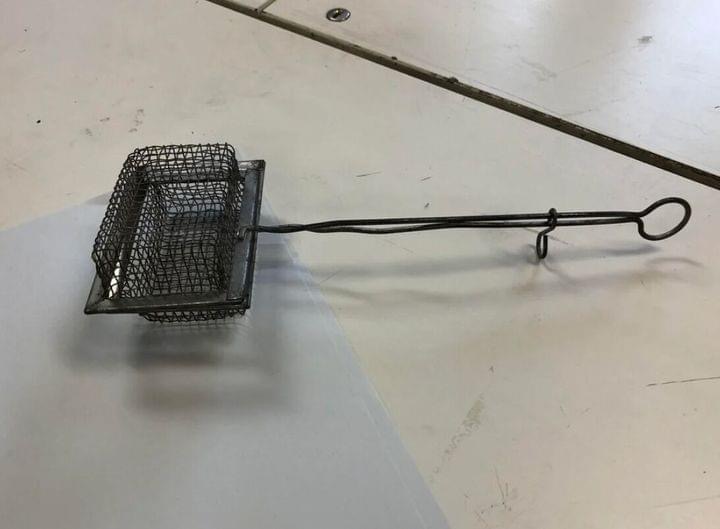
The antique soap saver, a quaint yet ingenious device from a bygone era, embodies the ethos of frugality and resourcefulness that characterized household management in the past.
Before liquid detergents and disposable culture, items like the soap saver were essential to homemakers, ensuring that even the tiniest soap remnants didn’t go to waste.
Typically a small metal or mesh cage with a handle, the soap saver was found in kitchens and washrooms. As bars of soap wore down to slivers, these scraps were placed in the soap saver, which was then swished in hot water to create suds for washing dishes, laundry, or even for bathing. This simple tool extended the life of each soap bar, reducing household expenses and embodying early recycling practices.
Soap savers varied in design, from plain metal to more ornate, reflecting the aesthetic and socioeconomic backgrounds of their users. During the early to mid-20th century, especially through the Great Depression and wartime rationing, the soap saver symbolized thrift and resilience, as families made the most of every resource.
Today, antique soap savers are nostalgic collectibles, often found in antique shops or displayed as unique home decor. They serve as a reminder of past generations’ resourcefulness and inspire us to rethink our own habits of consumption and waste. In a time when disposability is common, the soap saver challenges us to embrace conservation and find value in extending the life of household items.
This simple tool transcends its original purpose, calling us toward a more sustainable lifestyle, where the values of thrift and resourcefulness can guide us in managing modern environmental challenges.